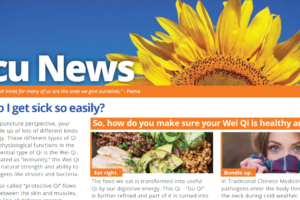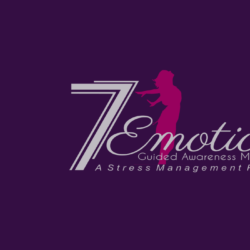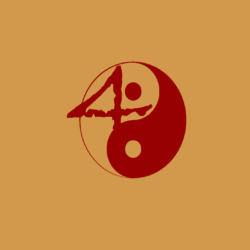Observing good patterns in sleep, diet and exercise encourages good health. Being aware of irregular patterns associated with the menstrual cycle can also help women identify imbalances and take preventative measures.
The Uterine Cycle (Menstrual Cycle) has three phases: Menstrual Phase, Proliferation Phase, and Secretory Phase.
The Menstrual Phase (commonly called the period) begins on the first day of menstruation and usually last 3 to 5 days. The endometrial lining within the uterus, which forms a nourishing and supportive layer of blood for the reception of a fertilized egg, is leaving the uterus in preparation for a new layer to form.
The Proliferation Phase (Postmenstrual Phase) begins at the end of the menstrual phase and continues until mid-cycle. Repair and growth of the endometrial lining occurs. This growth is primarily controlled by the release of estrogen from the ovaries.
The Secretory Phase (Premenstrual Phase) begins around mid-cycle during ovulation or the release of the egg and lasts about 14 days thereby ending the uterine cycle. During this phase the ovaries predominately release progesterone, which helps thicken and nourish the endometrium while waiting for the arrival of a fertilized egg.
In treating menstrual disorders with acupuncture and herbal medicine the menstrual cycle can be divided into two parts generally defined as conditions of “excess” or “deficiency”. Conditions of excess generally occur during the premenstrual phase such as Premenstrual Syndrome (PMS). At this time in the cycle the body’s energy tends to stagnate. The premenstrual phase can be likened to a natural state of waiting – waiting to conceive. A hormonal shift occurs to keep the endometrial layer of blood intact for about 14 days awaiting the arrival of a fertilized egg. This natural wait-state may cause symptoms of stagnation such as abdominal cramping or pressure, breast tenderness, emotional hypersensitivity, backache, bloating, chest palpitations, skin eruptions, hot flashes, dizziness, fatigue, headaches, insomnia, constipation, nausea, or food cravings. During this phase it may be helpful to relieve stagnation through vigorous exercise, eating lightly (4 – 5 small meals instead of 3 large meals), and minimizing unnecessary stress. Warming up the abdomen is helpful especially when feeling cold.
In contrast, the postmenstrual phase may present signs of deficiency – particularly blood deficiency. Women, unlike men, are more likely to display deficiency type symptoms with the loss of blood each month via menstruation. Such symptoms include dizziness, tiredness, numbness, tingling, blurred vision, poor memory, insomnia, anxiety, depression, pale complexion, dryness (dry skin, hair, eyes, or scalp), absence of a period, the flow maybe light or short in duration or pale in color, tongue color may appear pale, increased thirst, sweating, lower leg cramps, shortness of breath, or chest pain. Postmenstrual disorders of a deficient nature requires rest and proper nutrition such as supplements of iron, folic acid, vitamins C, B12, B2 and copper. Some food sources that benefit blood include beef, liver, green leafy veggies (i.e. dandelion leaf, spinach), beetroots, and cherries. In addition, herbs such as nettles (urtica urens), wolfberries (fructus lycium), and dang gui (angelica sinensis) are also beneficial.
Women should keep a record of their menstrual cycle to identify irregularities. These records can prove to be an excellent source of information when seeking the advice of a medical professional. You can download a chart to track your cycle from the Charts menu – see menstrual chart. The information in this article is only a simple outline of a more complicated process. A medical professional should be consulted for a more comprehensive understanding regarding your particular concerns. If concerns about your menstrual cycle remain unresolved, consider an alternative approach such as acupuncture and herbal medicine.
Christopher Carlow, D. Ac.Doctor of Acupuncture June 1, 2006







